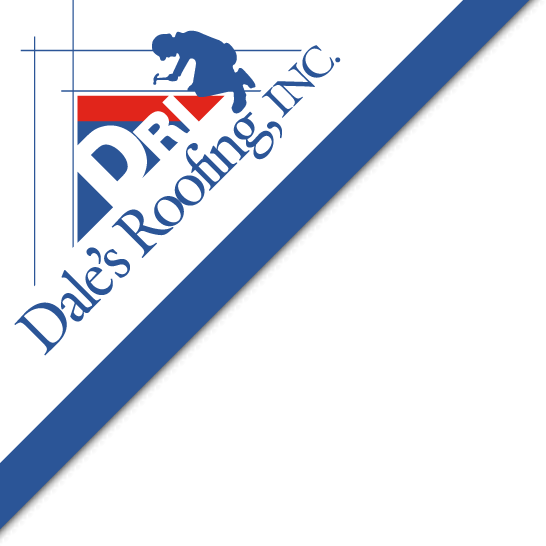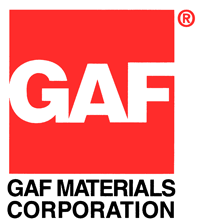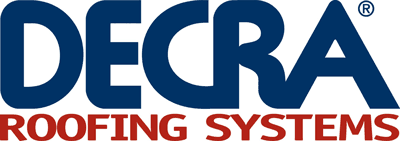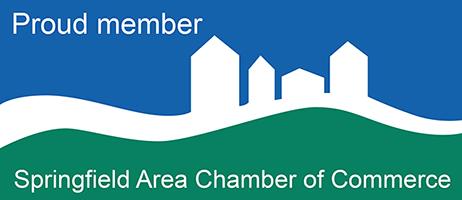Your roof serves as the first line of defense against wind, rain, hail, and other weather conditions. However, it’s also one of the most vulnerable parts of your property, which is why it’s essential to check for roof damage after severe weather events.
High winds, heavy rain, and hailstorms can wreak havoc on your roof, compromising its integrity and leading to costly repairs if left unaddressed.
In this comprehensive guide, we’ll delve deeper into how to recognize signs of roof damage caused by weather.

Assessing Roof Damage Caused by Wind
High winds can exert significant force on your roof, potentially causing shingles to lift, crack, or even detach completely. Here are some key indicators of wind damage to look out for:
- Missing Shingles: One of the most obvious signs of wind damage is missing or visibly displaced shingles. Inspect your roof for any areas where shingles have been blown off by strong winds.
- Curling or Buckling Shingles: Strong winds can cause shingles to curl or buckle, compromising their ability to effectively protect your roof. Look for areas where shingles appear distorted or raised from the surface of the roof.
- Exposed Underlayment: If shingles are blown off, the underlayment beneath may become exposed, increasing the risk of water infiltration. Inspect the roof for any signs of exposed underlayment, especially in areas where shingles are missing.
- Dents or Dings: In addition to shingles, metal components such as flashing, vents, and gutters are also susceptible to wind damage. Inspect these elements for any dents or dings, which can indicate impact from flying debris carried by the wind.
If you notice any of these signs, it’s crucial to have your roof inspected by a professional promptly to assess the extent of the damage and determine the necessary repairs.
If you notice any of these signs, it’s crucial to have your roof inspected by a professional promptly to assess the extent of the damage and determine the necessary repairs.
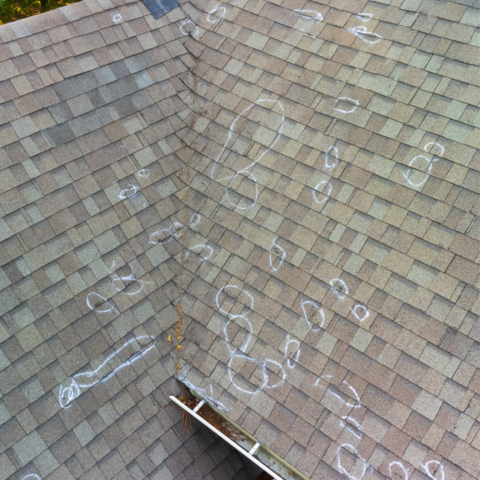
Identifying Rain Damage
While your roof is designed to repel water, heavy rain can still cause issues, particularly if there are existing vulnerabilities or damage. Here’s how to spot potential rain damage:
- Water Stains: Look for water stains on your ceiling or walls, which may indicate a leaky roof. Water stains often appear as discolored patches on interior surfaces and can vary in size and shape.
- Dampness or Mold Growth: Excessive moisture from rainwater infiltration can promote mold and mildew growth in your attic or on interior surfaces. Inspect your attic and ceilings for any signs of dampness or mold, including musty odors and visible mold growth.
- Sagging or Bulging Areas: If your roof deck becomes saturated with water, it may begin to sag or bulge, compromising its structural integrity. Inspect the exterior of your home for any areas where the roof appears to be sagging or bulging, as this may indicate water damage.
- Even minor leaks can worsen over time if not addressed promptly, leading to more extensive damage and costly repairs.

Recognizing Hail Damage
Hailstorms pose a significant threat to roofs, especially in regions prone to severe weather. The impact of hail can cause various types of damage, including:
- Dented or Bruised Shingles: Hailstones can leave behind indentations or bruises on shingles, compromising their effectiveness and lifespan. Inspect your roof for any signs of dented or bruised shingles, paying close attention to areas exposed to the most significant hail impact.
- Granule Loss: Check for areas where the protective granules on asphalt shingles have been knocked off by hail impact, exposing the underlying material to further damage. Granule loss can accelerate the deterioration of shingles and increase the risk of water infiltration.
- Cracked or Split Shingles: Hail can also cause shingles to crack or split, increasing the risk of water infiltration and subsequent roof leaks. Inspect your roof for any signs of cracked or split shingles, as these can compromise the integrity of your roof and lead to costly repairs.
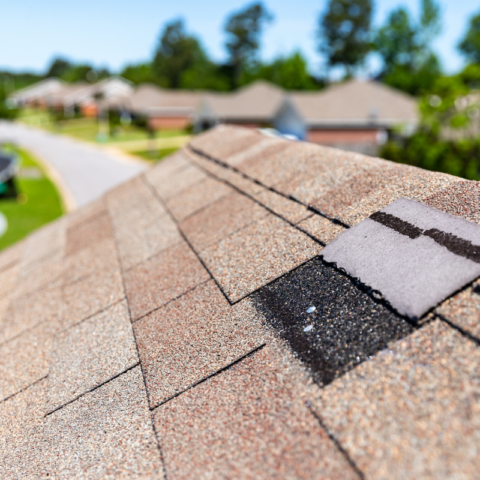
Insurance Claims and Neglect
While homeowner’s insurance typically covers damage caused by storms and other natural disasters, insurance companies may reject claims if they determine that the roof has been neglected.
Neglecting routine maintenance and failing to address minor issues promptly can give insurance companies grounds to deny claims for storm-related damage.
To avoid potential issues with insurance claims, homeowners should:
- Document Maintenance: Keep records of any maintenance or repairs performed on your roof, including inspections, repairs, and replacements of shingles or other components.
- Address Minor Issues Promptly: Don’t wait until a minor issue becomes a major problem. Addressing minor roof repairs promptly can help prevent more extensive damage and demonstrate to insurance companies that you’ve taken proactive steps to maintain your roof.
If your roof sustains damage from wind, rain, or hail, it’s essential to contact your insurance provider promptly to file a claim and schedule a professional inspection.
Working with a reputable roofing contractor can also help ensure that repairs are completed to the highest standards and meet the requirements of your insurance policy.
Even if hail damage appears minor, it’s essential to have your roof inspected by a professional to assess any underlying issues and prevent future problems.
Membership to the DRI Maintenance Club can help curb questions of roof neglect. Dale’s Roofing keeps records of every maintenance visit and will work with your insurance company to verify that you have been doing your diligence as a homeowner, as well as through the claims process itself.

In Summary
High winds, heavy rain, and hail can all take a toll on your roof, potentially causing damage that compromises its integrity and puts your home at risk. By knowing how to recognize the signs of roof damage caused by various types of weather, you can take proactive steps.
Whether it’s missing shingles from a windstorm, water stains from a heavy rain shower, or dented shingles from a hailstorm, don’t overlook the importance of regular roof inspections and timely repairs.
Investing in the maintenance and upkeep of your roof today can save you from costly repairs and headaches down the line, ensuring the long-term durability and protection of your home.
If you think you might have storm damage, or would like to learn more about proactive maintenance, reach out to Dale’s Roofing!
